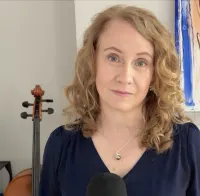
MacMillan's 10-Step Neurodiverse Family Systems Approach:
A Comprehensive Framework
to support neurodivergents and their families throughout adulthood.
R.E.A.L. Neurodiverse Programs For Professionals
WHAT ARE THE R.E.A.L. PROGRAMS?
Autism and other forms of neurodivergence shape how adults engage in social relationships—especially in families and intimate partnerships, where emotional demands run high and communication styles often differ.
Developed by Anne MacMillan, MLA, the R.E.A.L. Neurodiverse programs offer a clear, research-informed path forward. Built around a structured 10-step approach, these programs translate neuroscience, developmental psychology, and clinical insight into practical tools for real-life change. Adults gain access to targeted education, specialized assessments, and concrete strategies for building skills, making decisions, and strengthening relationships.
As awareness of adult neurodivergence expands, so does the demand for services that meet the moment—with depth, precision, and respect for every individual’s way of being.
WHY SHOULD YOUR PRACTICE USE THE R.E.A.L. PROGRAMS?
Neurodiverse families are commonly made up of autistic, attention neurodivergent (ADHD), and other neurodivergent family members. The different brains' different ways of perceiving and navigating the social world affect family social interactions, eliciting difficulties and distress that commonly lead to trauma and isolation.
In the mid-20th century, before neurodivergence in aNeurodiverse families often include autistic, attention neurodivergent (ADHD), and other neurodivergent members. Differences in how each brain processes social and emotional information shape everyday interactions—frequently leading to misunderstanding, relational strain, and social isolation.
In the mid-20th century, long before adult neurodivergence was recognized, psychology framed mental and relational challenges as evidence of disorder. Many neurodivergent individuals—unaware of their neurological differences—were mischaracterized as broken or dysfunctional. These labels disempowered them, and treatments that failed to account for brain-based variation often offered little meaningful support.
In the early 21st century, autism’s prevalence in children came into focus. Only now are we beginning to recognize the widespread presence of neurodivergence in adults. These adults are not disordered. They do not need to be “fixed.” They need access to insight, language, and tools that respect their neurology—so they can build skills, reduce suffering, and strengthen their relationships.
The R.E.A.L. Neurodiverse programs offer that path forward.dults was understood or recognized, psychologists began defining mental disorders that required treatment. Many neurodivergents, completely unaware that their brains were different, were unjustly labeled as "disordered" or "broken." These labels disempowered neurodivergents and treatments that didn't recognize brain differences offered little relevant support.
The high prevalence of autism in children was discovered in the early years of the 21st century. Today, we are finally recognizing multiple neurodivergencies in adulthood. These adults aren't "broken." They don't need "treatment" for "disorders." They need to understand the nuances of brain differences and have access to resources that will help them leverage their strengths and build skills to address their challenges.
The R.E.A.L. Neurodiverse programs offer solutions: solutions that work.

R.E.A.L. Neurodiverse
Resources & Education Across the Lifespan
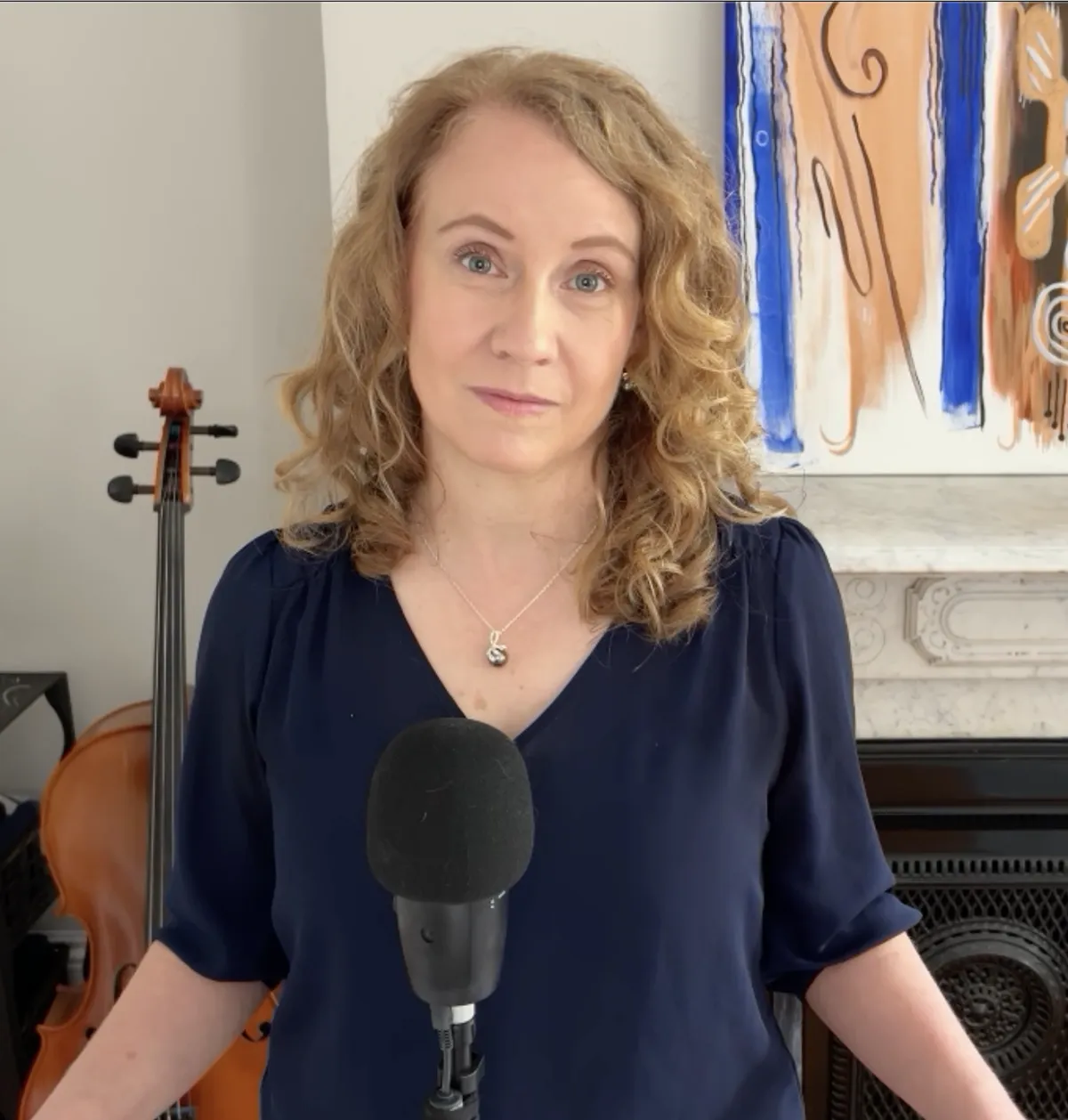
Anne MacMillan, MLA
Author of the 10-Step Neurodiverse Family Systems Approach, Speaker, Researcher, Consultant, Coach, Educator and Expert Witness
WHO ARE THE R.E.A.L. PROGRAMS FOR?
Our comprehensive 10-step method is designed for use by psychologists, therapists, social workers, counselors, teachers, coaches, consultants, clergy, domestic violence workers, victim advocates and more.
The R.E.A.L. Neurodiverse Family Systems Approach is a comprehensive 10-step method for coaches, consultants, teachers, therapists, psychologists, social workers, mediators, domestic violence workers, victim advocates, spiritual leaders, and more.
The approach is designed to support professional growth through both structured education and direct relational experience. To access the full programs, at least one provider per office must complete our NFS-E Credential and become a Neurodiverse Family Systems – Educator. This ensures that each office has a designated provider who understands the framework and can guide implementation with fidelity.
While only one team member is required to complete the full credentialing process, all other providers receive meaningful and accessible support to ensure high-quality care across the team. Every provider begins with a clear, neurologically informed orientation that introduces the program’s foundational concepts, implementation principles, and ethical guidelines. From there, learning continues through guided use of the program materials with clients. As clients move through the 10-step structure, providers gain access to corresponding provider resources—learning in real time how to support neurologically diverse adults with clarity and care.
This approach reflects a core truth of neurodiverse relational systems work: while structured training is essential, deep understanding develops through direct experience. The program honors this by allowing providers to grow alongside their clients. Even those who are new to neurodiverse systems will find that the materials are intuitive, grounded, and developmentally attuned—inviting providers to apply their own wisdom while building confidence in a new and important domain.
WHAT MAKES R.E.A.L. DIFFERENT?
Traditional interventions are grounded in the assumption that relationship conflict can be resolved through shared dialogue and emotional processing. But in neurodiverse families and intimate life partnerships, these methods often overlook the root cause of distress: neurological mismatch.
The R.E.A.L. Neurodiverse model introduces a fundamental paradigm shift. Instead of beginning with group sessions, we start with the individual—recognizing that perception, empathy, expression, and regulation differ profoundly across neurotypes. Our structured 10-step program replaces generalized talk therapy with neurotype-specific education, tools, and developmental supports.
This shift moves providers away from pathologizing behavior and toward honoring difference. It reframes family and intimate partnership conflict not as dysfunction, but as the result of unmet neurological needs—and offers a clear, compassionate pathway for lasting change, even when only one partner or family member is ready to begin.
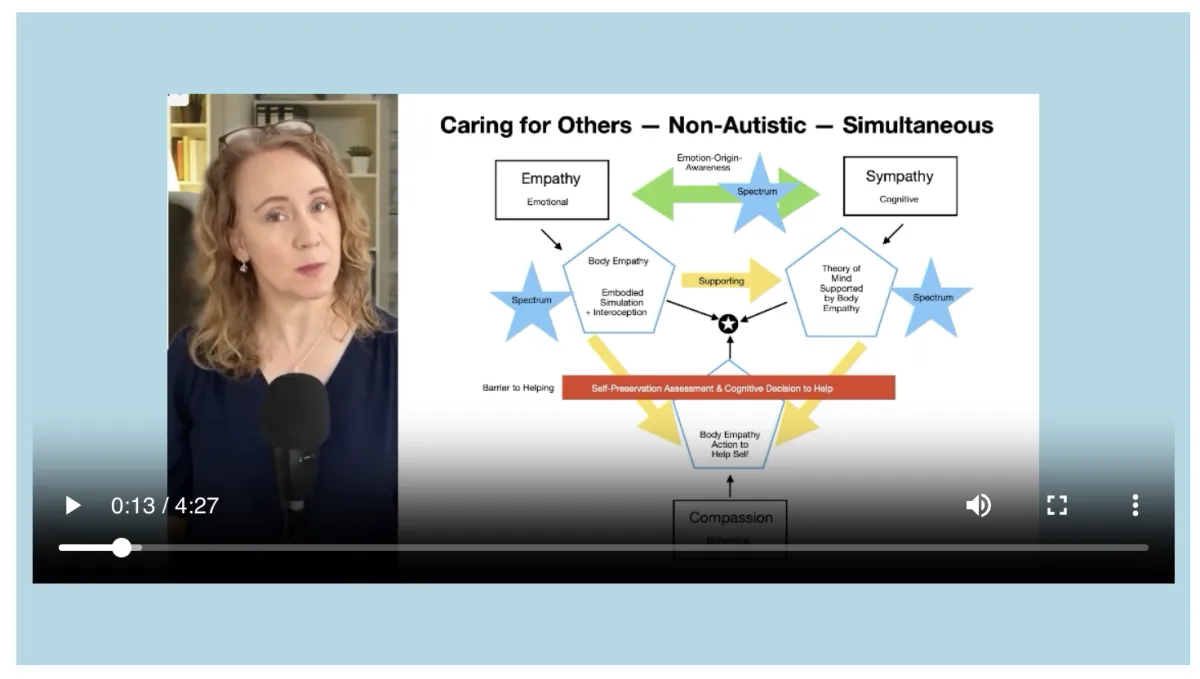

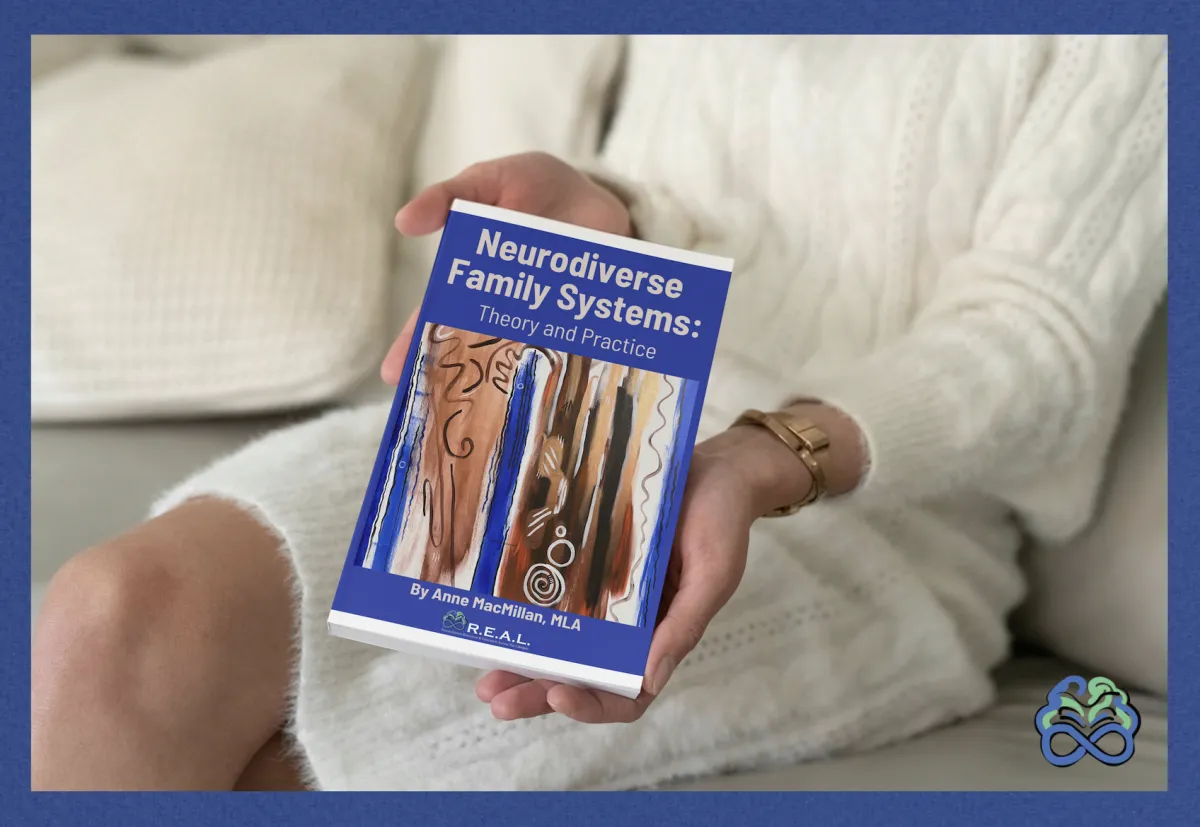
HOW DO THE R.E.A.L. PROGRAMS WORK?
The R.E.A.L. Neurodiverse Family Systems Approach guides adults—and the professionals who support them—through a structured but flexible 10-step process designed to build insight, reduce distress, and support sustainable relational growth. Clients receive materials tailored to their neurology (autistic or non-autistic), while providers use parallel resources that align with the client’s processing style.
Each of the 10 steps addresses a core dimension of neurodiverse relational life—such as empathy differences, neurological mismatch, relational role entrenchment, boundary development, problem solving, and cycles of trauma. Steps are sequential but adaptable, allowing providers to meet clients where they are without sacrificing developmental integrity.
Clients move through video-based educational content, guided assessments, structured reflection prompts, and integrative exercises that help them make sense of their experiences through a neurologically attuned lens. Providers receive step-specific guides that support interpretation, discussion, and skill-building, ensuring that support remains aligned with the client’s neurotype and developmental readiness.
Unlike many traditional models that prioritize behavior change or surface-level communication strategies, the R.E.A.L. Approach integrates neurological, emotional, somatic, and systemic layers of experience.
Tools range from conceptual mappings and guided journaling to artwork-based exercises and somatic strategies—supporting a wide range of processing styles and learning needs.
Because each client engages individually, the program remains effective whether or not other family members or partners are involved. When multiple participants are ready, shared theory and neurologically specific tools create a common language for growth without forcing consensus or conformity.
About Anne MacMillan:
I am the creator of the R.E.A.L. Neurodiverse™ Family Systems Approach — the first comprehensive, educational 10-step model designed to help autistics, non-autistics, and professionals understand the neurological foundations of relational conflict and connection. My work integrates developmental psychology, systems theory, and over five decades of lived experience inside profoundly neurodiverse family systems.
I originally developed the Neurodiverse Family Systems Theory based on my education, personal history, and the insights I gained in the private neurodiverse services practice I founded in 2017. Since then, the work has evolved into a clear, scalable framework that professionals can use to guide their clients through complex neurodiverse dynamics with structure, clarity, and compassion.
Today, I support professionals across disciplines — therapists, psychologists, coaches, social workers, clergy, and educators — who are discovering that neurodiversity is often the missing piece in the adult relationship challenges they see. Through the Neurodiverse Family Systems Educator Credential (NFS‑E), providers gain access to the full R.E.A.L. 10-Step system, including original quantitative assessments, dyadic tools, and evidence-informed support resources they can immediately apply with clients.
I hold a research-based master’s degree in psychology from Harvard University, where I received the Director’s Thesis Award for one of the world’s first quantitative studies on Level 1 autism in intimate life partnerships. My graduate and undergraduate studies focused on developmental psychology — work that continues to inform every aspect of the R.E.A.L. approach.
In total, I bring more than 50 years of lived experience in neurodiverse family systems (including my childhood in a profoundly neurodiverse family), over 20 years of experience in a neurodiverse intimate partnership, and nearly a decade of professional practice supporting individuals, couples, and families navigating the complexities of neurodiversity.
I self-identify as a high body empathetic and attention neurodivergent (ADHD). I’ve never pursued a formal ADHD diagnosis, as I trust self-identification over professional labeling. I am not autistic, but I have spent my life deeply connected to autism, attention-based neurodivergence, and high-body-empathy neurology — both personally and professionally. My work is dedicated to helping others gain the clarity, skills, and relational wellbeing they deserve.

Anne MacMillan, MLA
Author of the R.E.A.L. 10-Step Neurodiverse Family Systems Approach, Speaker, Researcher, Consultant, Coach, Educator and Expert Witness

Recent Blog Posts
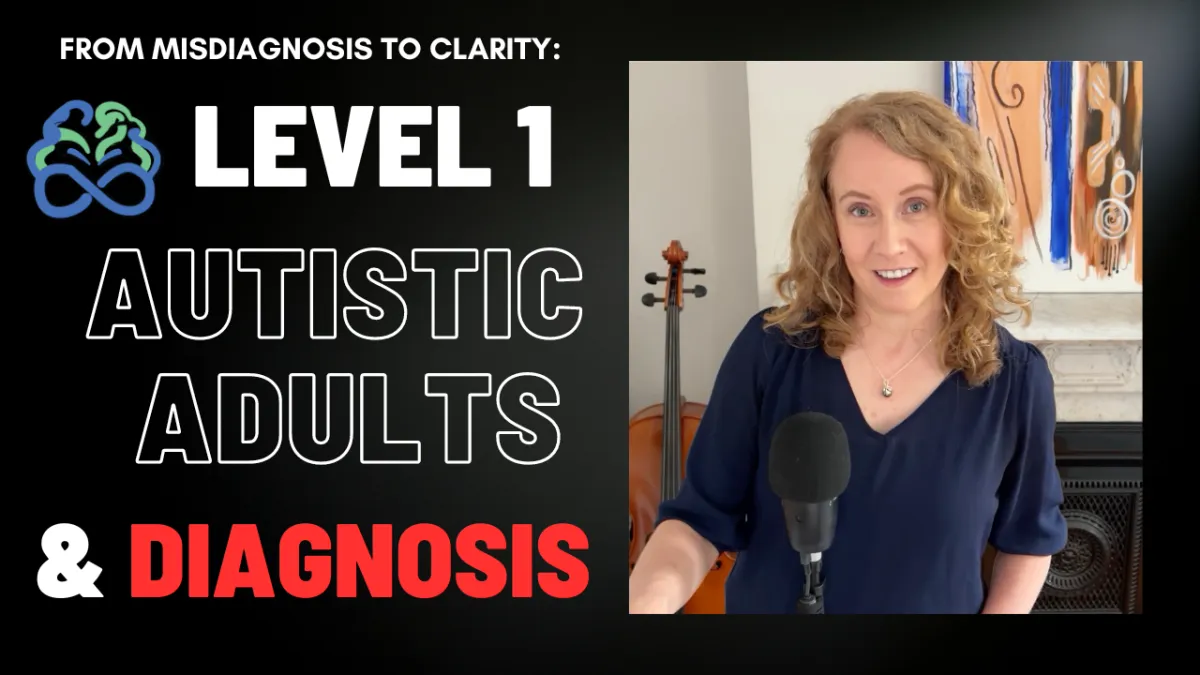
From Misdiagnosis to Clarity: Level 1 Adult Autism in the 21st Century
The landscape of autism diagnosis has shifted dramatically since the 1990s, leading to a significant increase in the identification of autistic individuals, particularly among children. However, this diagnostic wave largely bypassed those born before this period, leaving a generation of autistic adults undiagnosed and struggling to navigate a world that often misunderstood them. Today, many of these individuals, now adults, are beginning to recognize their place on the autism spectrum, prompting a crucial reevaluation of their life experiences and mental health challenges.
The Historical Context of Autism Diagnosis
Before the 1990s, the criteria for diagnosing autism were narrow and often limited to more overt and severe presentations of the condition. As a result, many individuals with milder or less obvious symptoms were overlooked. This began to change in the 1990s when the professional community broadened its understanding of autism, leading to a significant increase in diagnoses, particularly among children. These children, diagnosed in the 1990s, 2000s, and 2010s, have since grown into adults who understand their neurological differences and actively engage in spreading awareness about autism.
The Lost Generation: Adults Who Missed Out on Early Diagnosis
For those born before this diagnostic expansion, the story is quite different. Many of these individuals, who constitute what is often referred to as the "lost generation," have spent their lives without the benefit of understanding their autistic identity. As children, they were frequently misdiagnosed with various mental health conditions, such as bipolar disorder, borderline personality disorder, eating disorders, and even schizophrenia. While some of these diagnoses may have captured aspects of their experience, they often missed the underlying reality of autism.
The Journey to Self-Discovery and Professional Recognition
As awareness of autism has grown, these undiagnosed adults have started to piece together their experiences and recognize the signs of autism in themselves. The internet has played a pivotal role in this process, providing a wealth of information and a platform for autistic adults to share their stories. This has led many to seek professional evaluation, often after a lifetime of receiving treatments and resources that didn’t fully address their needs.
However, the journey to an accurate diagnosis can be challenging. The professional community is still catching up with the nuances of adult autism, particularly in those who have spent decades developing coping mechanisms that mask their symptoms. These individuals often present with a complex clinical picture, sometimes leading to diagnoses of co-occurring conditions like anxiety or depression, which, while accurate, may not tell the whole story.
The Importance of Accurate Diagnosis and Understanding
Accurate diagnosis is more than just a label; it is a key to understanding oneself and accessing appropriate support. For many in the lost generation, a correct autism diagnosis can bring immense relief, providing a framework for understanding their life experiences and the challenges they have faced. It can also lead to more effective treatment strategies, particularly for co-occurring conditions like anxiety or eating disorders that may be intertwined with their autism.
Moreover, recognizing autism in these individuals can help tailor interventions that address the root of their difficulties, potentially alleviating years of unnecessary suffering. For instance, understanding the sensory sensitivities or social communication differences inherent in autism can lead to more personalized and effective therapeutic approaches.
The Need for Continued Awareness and Research
As more of the lost generation comes forward, it is crucial for the professional community to continue expanding its understanding of adult autism. This includes recognizing the diversity of autistic experiences and the ways in which autism can manifest differently across the lifespan. The acknowledgment of subtypes, such as ASD-P (ASD with a propensity for psychosis), highlights the need for ongoing research to refine diagnostic criteria and treatment approaches.
In conclusion, the growing recognition of undiagnosed autistic adults marks a significant moment in the field of neurodiversity. It underscores the importance of accurate diagnosis, not only for the individual's well-being but also for the broader understanding of autism. As the professional community continues to evolve, it is essential to ensure that all autistic individuals, regardless of when they were born, have access to the support and resources they need to thrive.
Support for Professionals and Clients:
Neurodiverse Credentialing and Practice Support for Psychologists, Therapists, Social Workers, Clergy, and Domestic Violence workers is available here.
Autistic and non-autistic members of neurodiverse family systems can reach out for support here.
Resources for Further Exploration:
Read Anne MacMillan's 2026 book entitled Neurodiverse Family Systems: Theory and Practice, available for pre-order.
View Anne MacMillan's 2019 YouTube video entitled "Autistic Adults who aren't Diagnosed."
Read the pdf of a 2015 review article entitled "How and Why is Autism Spectrum Disorder Misdiagnosed in Adult Patients? From Diagnostic Problem to Management for Adjustment" by K. Takara, T. Kondo, and T. Kuba originally published in Mental Health and Family Medicine, 11:73-88, doi:10.25149/1756-8358.1102011
Read the 2017 ASD-P (ASD with a vulnerability for psychosis) research by Felicity V. Larsen et al. "Psychosis in Autism: Comparison of the Features of Both Conditions in a Dually Affected Cohort" as published by the British Journal of Psychiatry, 210(4):269-275, doi:10.1192/bjp.bp.116.187682. Other authors: Adam P. Wagner, Peter B. Jones, Digby Tantam, Meng-Chuan Lai, Simon Baron-Cohen, and Anthony J. Holland.

Anne MacMillan, MLA
Author of the R.E.A.L. 10-Step Neurodiverse Family Systems Approach Available on the UnitusTI Cloud
About the Book
Neurodiverse Family Systems: Theory and Practice offers a groundbreaking framework for understanding the unique relational dynamics that emerge within families shaped by neurological difference. Bridging developmental theory, lived neurodivergent experience, and applied clinical insight, this book challenges conventional models and introduces a nuanced approach to working with autism, ADHD, and high body empathy across generations.
Essential reading for professionals seeking to deepen their understanding of neurodiverse relational systems, it invites a rethinking of how empathy, trauma, and identity operate within the family landscape—and how meaningful change begins with neurological clarity. connection, stability, and emotional peace.

© 2025 R.E.A.L. Neurodiverse™
All Rights Reserved
anne@REALneurodiverse.com
Text or Call: (617) 996-7239 (United States)
